We’ve asked nature enthusiast and Trash Free Trails ambassador, Rosie Holdsworth, to write us a series of pieces highlighting the sights beyond the trail.
Out of the wreckage of 2020 has blossomed one small positive in the shape of people getting to know (and care) about their local areas a bit more. For many, this has precipitated a newfound appreciation for and interest in the natural world.

I’ve certainly noticed that more and more people (often those I least expect) are asking me about creatures and plants they’ve happened upon on their rides and I’m thrilled to be able to bore them to death with identification tips.
I’ll be aiming to keep these ramblings bicycle-journey focussed and will try not get too carried away with primary feathers or inflorescences – we’re all friends here. I’m certainly no photographer, and lots of nature has an annoying habit of buggering off as soon as you point a camera at it. So, dear reader, you’ll also be indulging my habit for hastily arranged illustrations.
Latest Singletrack Merch
Buying and wearing our sustainable merch is another great way to support Singletrack
Summer in the Uplands
What a time of year to start! You can’t help but be battered by nature as soon as you swing your leg over a bike. As the sun breaks through and we all look forward to a summer of staycationing, lots of us will be heading to the hills with our bikes, so that’s where I’m going to focus my attention here: our glorious British uplands.
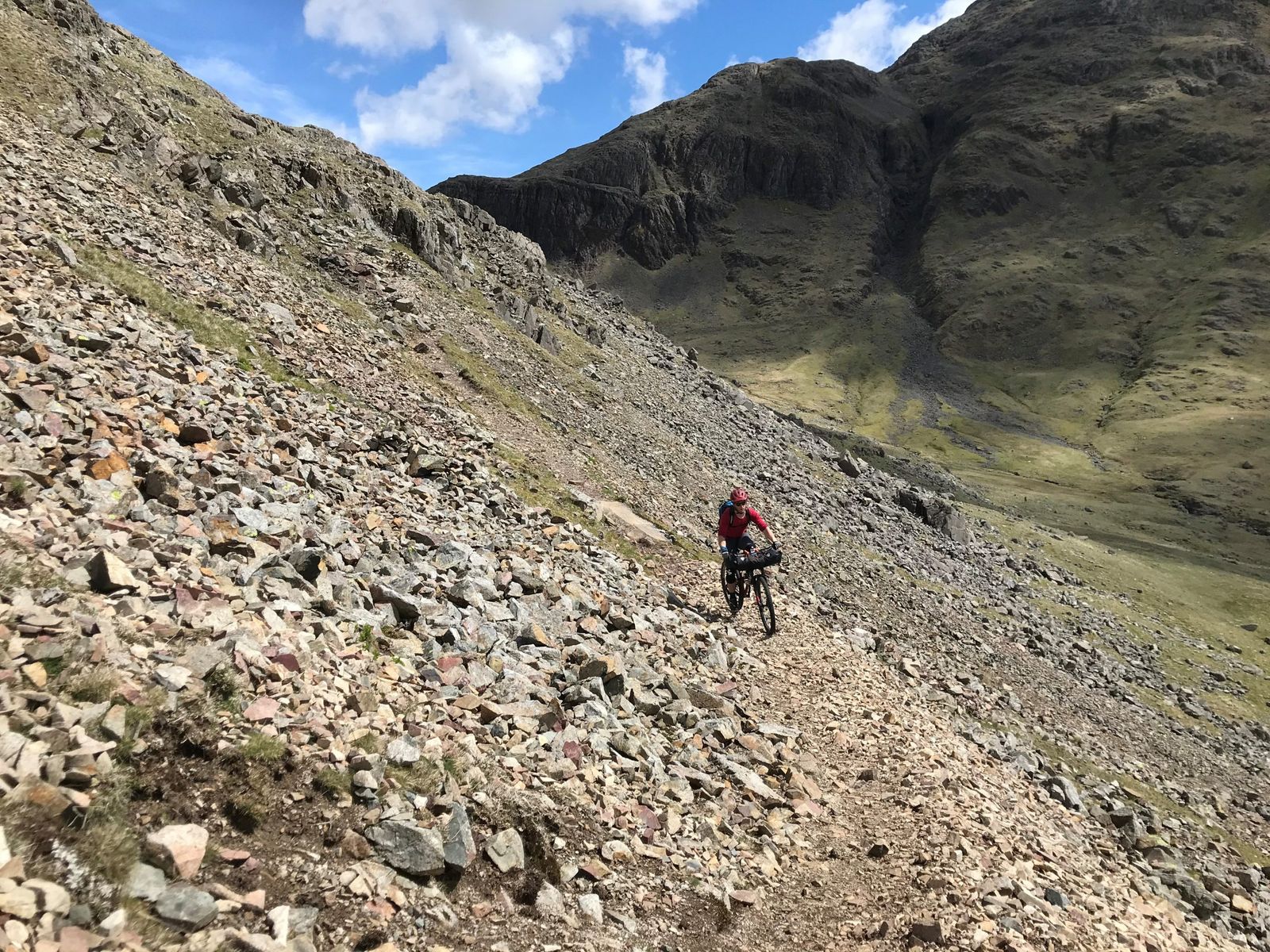
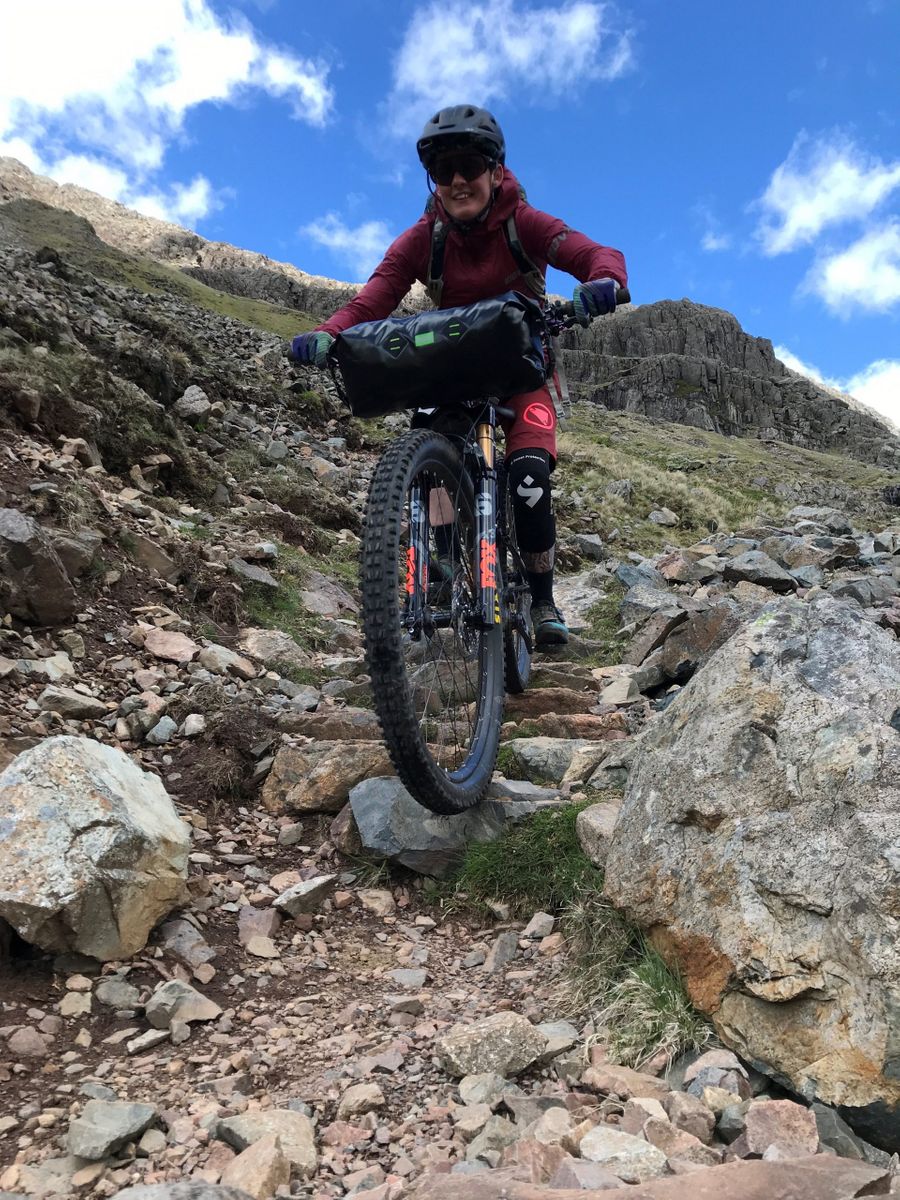
I recently ventured North West for a bicycle-powered lap of some of the Lakes’ finest rocky death-tech and some bonus nature-nerding. The species I encountered are all at their chirping, whistling, glistening best through the summer and are fairly easily peeped from a bike in most of the UK’s pointier places. I could go on at great length, but I’ve tried to pick a select few of my favourites to whet your nature appetite.
Sundew – not a fizzy drink
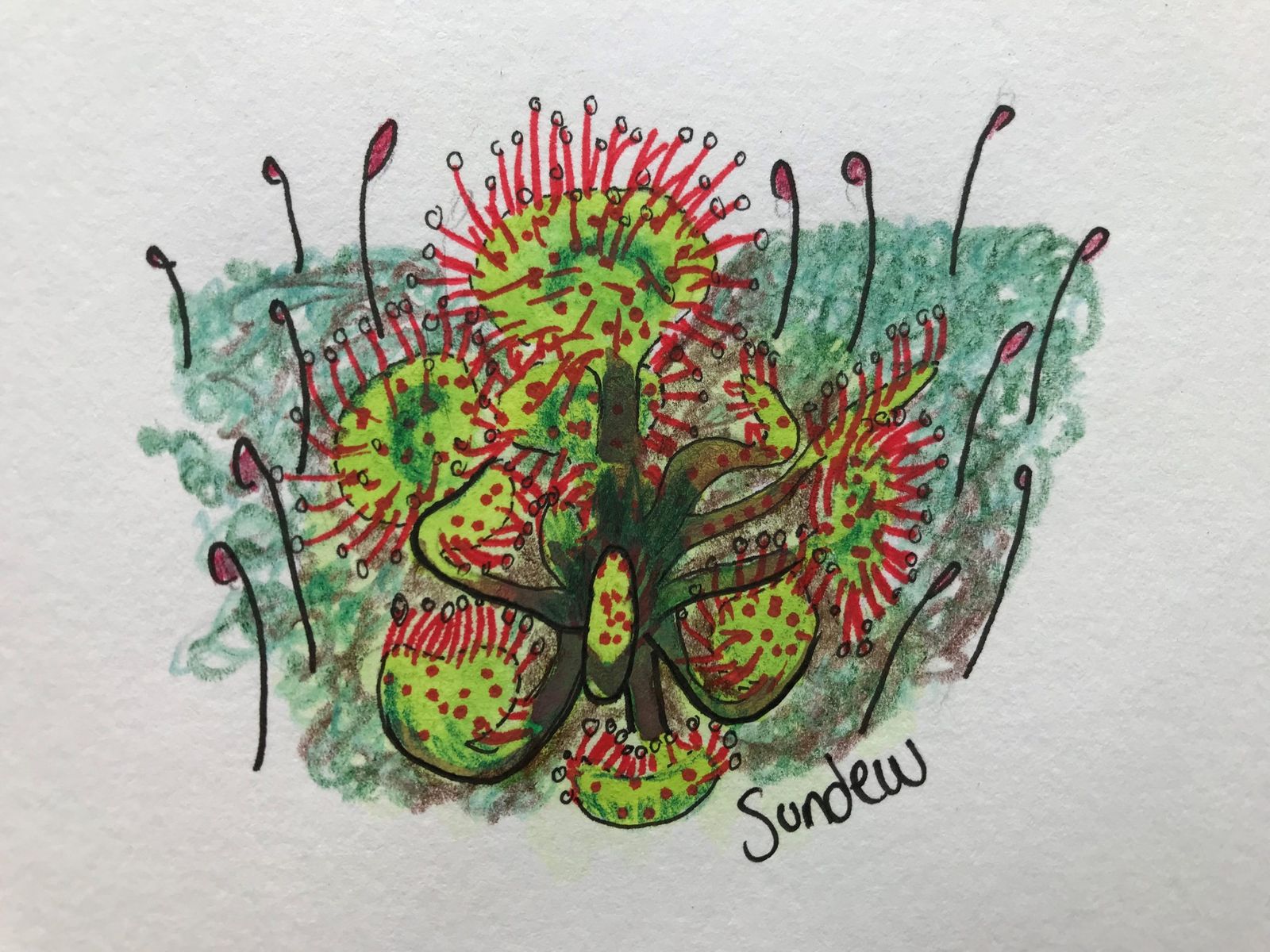
First on the must-see upland bucket is a tiny plant that enjoys sunny spots on boggy hills – much like British mountain bikers; The Sundew (Drosera rotundifolia to all but close friends). Don’t be put off by me starting my list of spectacular species with a sub-15cm plant: Sundews are RAD! They’re a super specialised upland species that got so sick of trying to eke out an existence on blasted peatland that they sacked it off as a bad job and turned instead to devouring (insect) flesh! They’re one of the UK’s few carnivorous plants, and top of their list of tasty morsels is the dreaded midge; an extra reason to appreciate them. They’re mad looking things with spoon shaped red and green leaves covered in tiny tendrils which ooze sticky dew. They use this dew to entice, then dissolve their delicious insect prey. A good species to search for with kids (“let’s get to the top of this climb and see if we can find any alien-looking carnivorous plants”) and an equally good excuse for a little sit down and a rest. Sundews aren’t likely to get up and run away, which makes them a fairly safe bet for spotting. Look for them on moist, sunny banks on boggy ground: Sun-drenched ditches at the side of Scottish estate roads are almost guaranteed to host these rowdy little plants.
Raven Mad
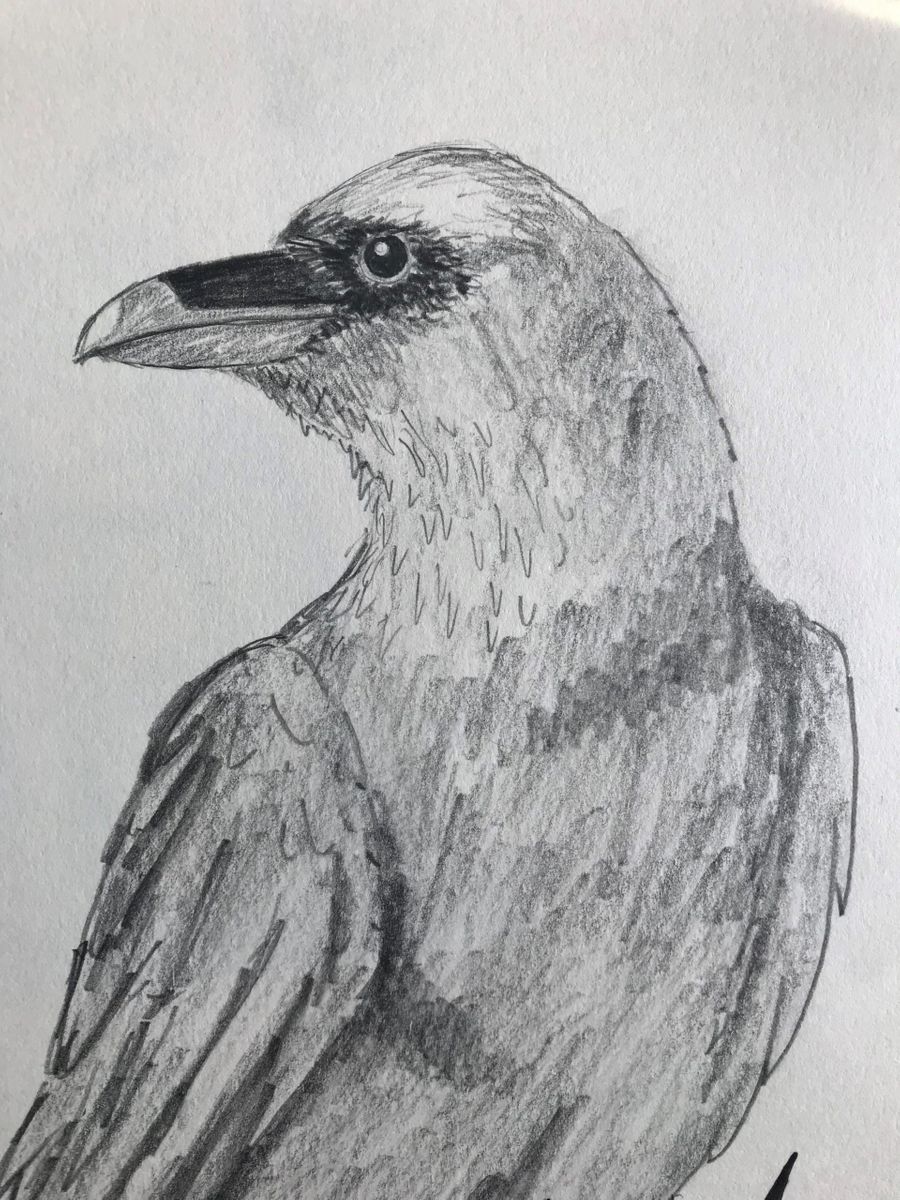
Next on the list of upland specialists to look out for is the Raven (Corvus corax). Chances are, if you’ve carried your bike up a mountain in the UK, you’ve encountered these lads and lasses hanging about the summit cairn waiting to devour sandwich crusts (or corpses – as is their ecological niche). Through the summer they’re nesting and breeding, so you can often see courting adults or rambunctious juveniles performing barrel rolls, swoops and general airborne tomfoolery; well worth watching. They’re the biggest and cleverest of the Crow family; they’ve even figured out how to use simple tools. When they’re not devouring corpses or fixing minor mechanicals, they kick back by sledging on lingering summer snow patches. Their size, intelligence, taste for flesh and propensity for turning up silently out of the mist just at the point you’re wondering if you did pack a torch makes them sort of creepy bastards, but that only adds to their charm. If they do decide to announce their presence, it’s often with a piggy sort of “CRONK!”, they’re quite vocal as they fly which helps when spotting them. They’re whoppers and definite upland specialists which makes them easy to distinguish from their Crow brethren, they’ve also got a distinctive diamond shaped tail which is easy to see in flight. Find them year-round, scaring the crap out of uninitiated day-trippers in most of upland Britain.
Curlew
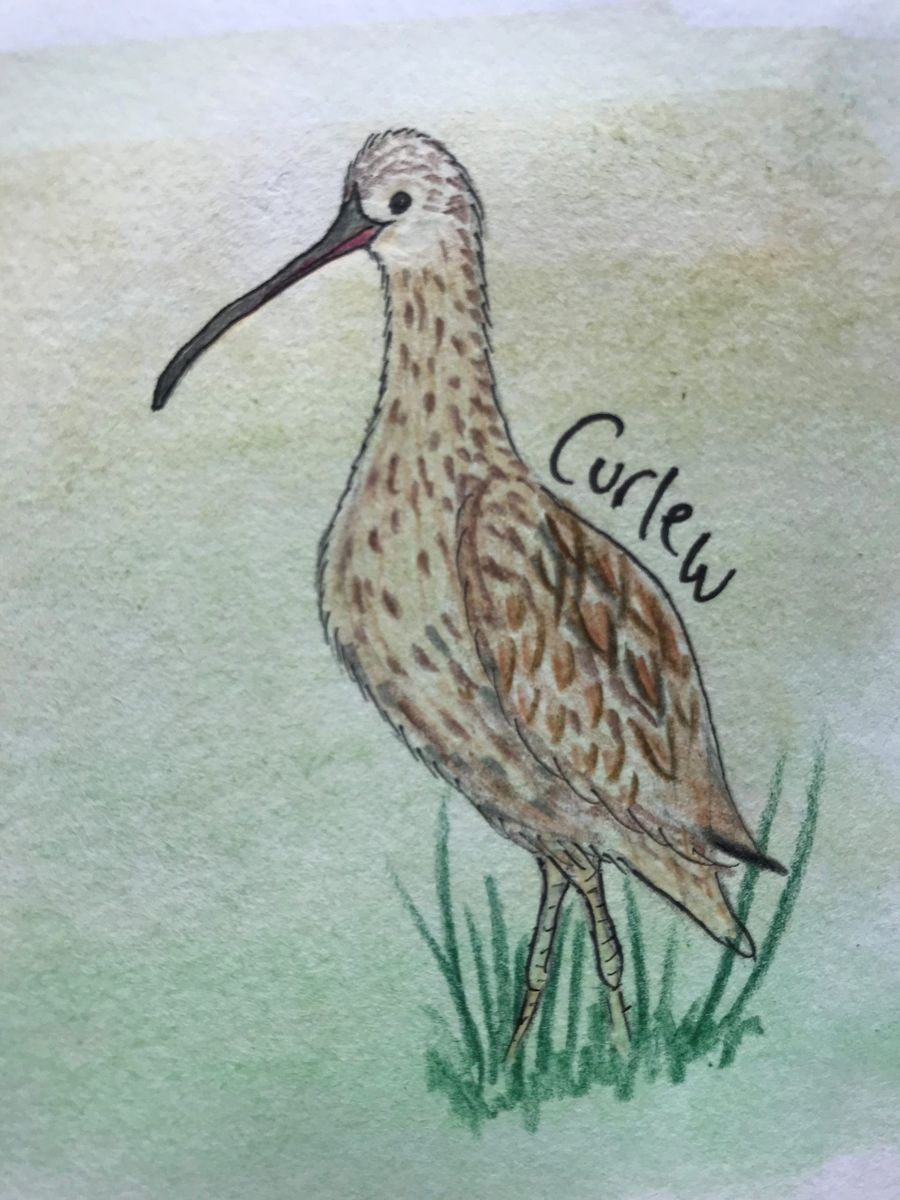
Finally, one of my all time favourites: The Curlew (Numenius Arquata). It’s an iconic spring and summer resident of our rolling British hills and, for me, the sound of summer. Although they seem fairly ubiquitous, they’re increasingly rare and their future looks shaky; their population has almost halved in the last 20 years! Like Ravens, Curlews are an impressive looking bird; they’re the largest wader species and their beautiful curved beak and plaintive call makes them unmistakeable. They arrive just at the right time in early spring; when you’re plumbing the depths of despair because you still need winter gloves and four pairs of socks on a ride and the trails still haven’t dried out. Just when you think summer will never come, the Curlews rock up and remind you that all is not lost and there will be dusty trails once more. Objectively, Curlews are sort of mad looking, with long legs, speckledy brown feathers and a huge downcurved beak, but they somehow manage to pull it all together into a very elegant package. They’re beautiful, and a real pleasure to watch. Look out for them on upland moorlands and wet fields from late March to late July, their call is the immediate giveaway and they’re fairly easy to spot due to their size and distinctive shape. Aim to keep tyres and trail-dogs firmly on established trails through the summer to reduce disturbance to Curlews and their well disguised nests and chicks.
Hopefully that provides some inspiration for glorious sunny summer rides; happy nature-biking!
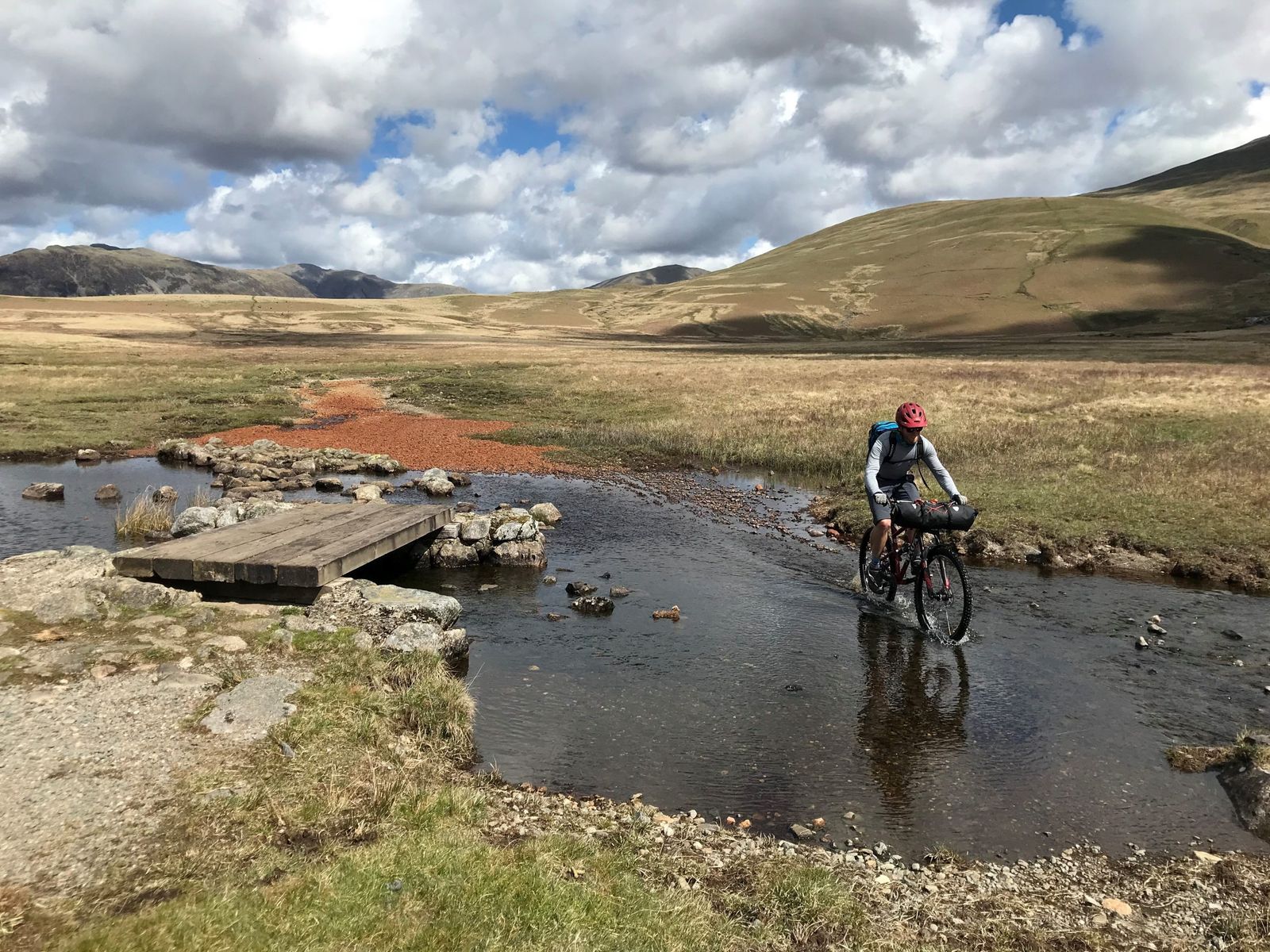
Do you ride in a habitat that you’d like us to feature? What creatures or signs of life have you spotted that you’d like to learn more about? Head to the comments!





Sundews are very cool!! There’s a native population on Lundy island (but nowhere else in Great Britain as far as I know, although I haven’t checked!). Plant carnivory is a curious trait… Evolved independently in a load of different plants (so they’re not all related; the trait just developed because the ecological niche allowed it). Great article. Thank you 🙂
You do get native Sundew species across the UK – basically anywhere it’s wet enough. So, across Scotland, Northern Ireland and Wales and then in England in the SW and NW in particular. As with much of our biodiversity, less than there used to be unfortunately though.
Need to find the Sundew and Curlew. Thanks for the mission.
Thanks @hamishthecat 🙂 It’s always surprising what you’ll find if you look out for it! I’ll keep my eyes peeled.
We’re lucky enough to be surrounded by fields full of curlews, their call is chuffing loud if they’re flying over your head at the time. Will keep my eyes peeled for sundews, cos bogginess isn’t exactly rare around here either.
Always good to have basic Tree ID – it’s surprising how many folk cannot tell the difference between a Rowan and a Hazel for example.